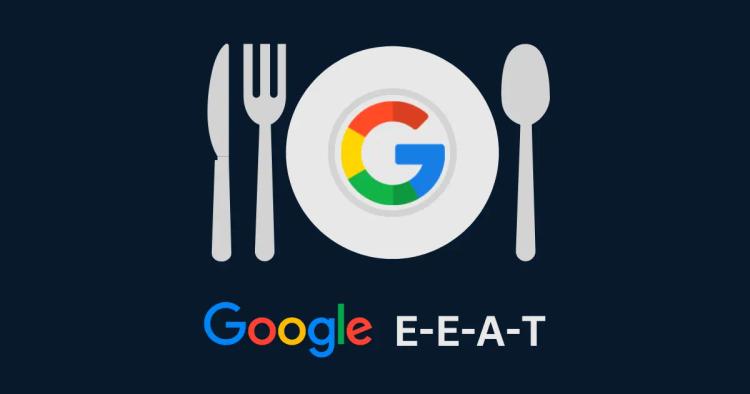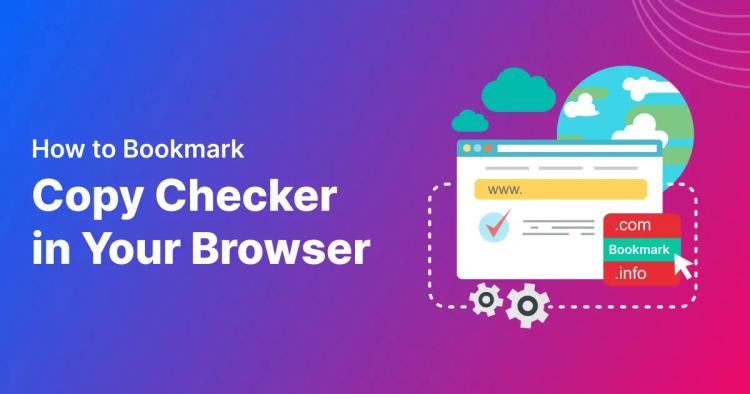Effective communication between parents and teachers plays a pivotal role in shaping a child's educational journey. When parents and educators collaborate harmoniously, it fosters a supportive learning environment that nurtures the student's potential.
However, traditional communication methods have their limitations, leading to delayed responses, potential misunderstandings, and excessive paper usage.
In this blog post, we will explore the transformative power of e-signing in streamlining collaboration processes and enhancing parent teacher communication. Let's delve into the advantages of adopting e-signing for educational institutions.
Challenges in Traditional Communication Methods
Limitations of Paper-Based Communication
In the past, schools relied heavily on paper-based communication, which often led to misplaced documents and lengthy response times. Parents and teachers had to exchange physical forms and documents, making the process cumbersome and inefficient.
E-signing offers a digital alternative that eliminates the need for paper and revolutionizes communication between schools and parents.
Delayed Responses and Potential Miscommunication
Traditional communication methods suffer from delays, particularly when documents need to be physically signed and returned.
This delay could lead to miscommunication, especially in time-sensitive matters such as event permissions or emergency contacts. E-signing mitigates these issues by facilitating instant exchanges and real-time updates.
Environmental Impact of Excessive Paper Usage
The excessive use of paper in schools not only contributes to deforestation but also impacts the environment through increased waste and energy consumption. Adopting e-signing reduces the need for paper, making it an eco-friendly and sustainable choice for educational institutions.
Enter E-Signing: Streamlining Communication Processes
What is E-Signing and How Does it Work?
E-signing is the electronic process of obtaining a person's consent or signature on digital documents. It involves the use of secure and legally recognized electronic signatures to verify the authenticity of the signatories.
E-signing platforms provide user-friendly interfaces for signing and managing documents efficiently.
Benefits of Adopting E-Signing for Educational Purposes
Time and Cost Savings: E-signing eliminates the need for physical document handling and reduces administrative overhead, saving time and resources. Improved Accessibility: Parents can sign documents from anywhere, even on their smartphones, making the process convenient and accessible. Enhanced Efficiency: Digital documents can be processed and updated more efficiently, streamlining administrative tasks. Real-Time Tracking: Schools can monitor the status of signed documents in real-time, enabling proactive follow-ups and reducing delays Ensuring Legal Compliance and Security: E-signing solutions adhere to strict security measures to protect sensitive information. They comply with relevant privacy regulations, such as GDPR and CCPA, ensuring the confidentiality and integrity of student data.
Introducing Copychecker's PDF Editor Tool
Copychecker's PDF Editor Tool is a powerful platform designed to enhance documents and forms used in educational settings. It offers a comprehensive suite of features that facilitate seamless communication between parents and teachers.
Key Features for Enhancing Documents and Forms
Interactive Annotations: Teachers can provide feedback and annotations directly on digital documents, fostering clear communication with parents. Form Customization: Schools can personalize consent forms, permission slips, and other documents to reflect their unique requirements and branding. Document Versioning: The tool doesn’t keep track of document versions for your security and privacy. User-Friendly Interface and Customization Options: Copychecker's PDF Editor Tool boasts an intuitive interface that is easy to navigate for both teachers and parents. It offers customization options that allow schools to tailor the document to their specific needs and preferences.
Simplifying Administrative Tasks with Copychecker's Tool
Creating and Modifying Consent Forms
Copychecker's PDF Editor Tool simplifies the process of creating and modifying consent forms for various purposes, such as field trips, medical authorizations, and media releases. The digital format ensures quick distribution and collection of signed forms.
Designing Permission Slips and Event Notices
With the PDF Editor Tool, schools can design eye-catching and informative permission slips and event notices. Teachers can add interactive elements like text fields to provide event details and collect parental responses through e-signatures effortlessly.
Personalizing Progress Reports and Assessment Sheets
Teachers can personalize progress reports and assessment sheets with Copychecker's PDF Editor Tool, adding individualized comments and feedback to keep parents informed about their child's academic performance and progress.
Enhancing Parent-Teacher Collaboration
Interactive Feedback and Annotations in Documents
By incorporating interactive feedback and annotations on digital documents, teachers can provide clear and detailed information to parents. This fosters a deeper understanding of a child's strengths, weaknesses, and areas for improvement.
Requesting Parental Input and Acknowledgments
E-signing platforms like Copychecker's PDF Editor Tool enable teachers to request parental input and acknowledgements on important matters, such as educational goals, special needs, or academic support requirements.
Encouraging Parent Involvement in Education
E-signing facilitates seamless communication, making it easier for parents to engage with their child's education. Regular updates and opportunities for feedback encourage parental involvement and support in their child's learning journey.
Ensuring Data Privacy and Security
Copychecker's Data Encryption and Protection Measures: Copychecker's PDF Editor Tool employs advanced data encryption techniques to safeguard sensitive information and prevent unauthorized access.
Complying with Relevant Privacy Regulations (e.g., GDPR, CCPA): The tool adheres to international privacy standards, such as GDPR (General Data Protection Regulation) and CCPA (California Consumer Privacy Act), ensuring that student data is handled with utmost care and compliance.
Safeguarding Sensitive Student Information: E-signing platforms prioritize data security and confidentiality, guaranteeing that student information remains secure throughout the communication and signing process.
Copychecker's Electronic Signature Option
Copychecker's electronic signature feature offers a secure and legally valid method for parents and teachers to sign digital documents. It replaces the need for physical signatures while maintaining the same legal standing.
The electronic signature option streamlines the signing process, allowing parents to sign documents with just a few clicks. Teachers can easily track signed documents, eliminating the need for manual follow-ups.
Electronic signatures are legally binding in many jurisdictions, including the United States and the European Union. Copychecker's electronic signature complies with international e-signature standards, ensuring its acceptance in various legal contexts.
Improving Communication with Real-Time Notifications
With e-signing, teachers receive signed documents instantly, enabling them to proceed with planned activities or address issues promptly. Parents also receive confirmation of their signed documents, eliminating uncertainty and delays.
Real-time notifications facilitate faster response times, allowing schools to expedite administrative processes and maintain efficient operations.
E-signing platforms like Copychecker's PDF Editor Tool can send automated reminders to parents for pending signatures, reducing the likelihood of missed deadlines and incomplete forms.
Overcoming Technological Barriers
Some parents and educators may have reservations about adopting e-signing due to concerns about data security or unfamiliarity with technology. Addressing these concerns through education and transparent communication is essential to gain widespread acceptance.
Offering technical support and training to parents and teachers ensures a smooth transition to digital communication. Schools can organize workshops and provide user guides to help users navigate the e-signing process confidently.
Schools can offer tips and best practices for integrating e-signing into their daily routines. Encouraging parents to keep their electronic devices updated and to create secure passwords can help maintain a secure environment for e-signing.
FAQs
How does e-signing work?
E-signing involves the use of electronic signatures to verify the authenticity of signatories on digital documents. Users can sign these documents securely with just a few clicks, eliminating the need for physical signatures.
Is e-signing legally valid?
Yes, e-signatures are legally binding in many jurisdictions, including the United States and the European Union. They comply with international e-signature standards, ensuring their acceptance in various legal contexts.
How can e-signing improve communication efficiency?
E-signing enables instant delivery of signed documents to teachers and parents, reducing response times and streamlining administrative tasks. Automated reminders for pending signatures ensure prompt completion of necessary forms.
Is Copychecker's PDF Editor Tool easy to use?
Yes, Copychecker's PDF Editor Tool boasts a user-friendly interface, making it easy for both teachers and parents to navigate and utilize its features for efficient communication.
How does e-signing benefit the environment?
E-signing significantly reduces paper usage, contributing to a more sustainable and eco-friendly approach to communication. By going digital, educational institutions can help minimize their environmental footprint and conserve valuable resources.
Conclusion
Embracing e-signing in educational institutions is a significant step towards modernizing parent-teacher communication. The advantages of this digital revolution extend beyond efficiency and convenience; they promote a collaborative and supportive educational ecosystem.
By adopting solutions like Copychecker's PDF Editor Tool, schools can enhance communication, engage parents more effectively, and create a more connected and efficient educational future.
Let us seize this opportunity to build stronger partnerships between parents and teachers, as we embark on a journey of improved learning experiences for our children.




